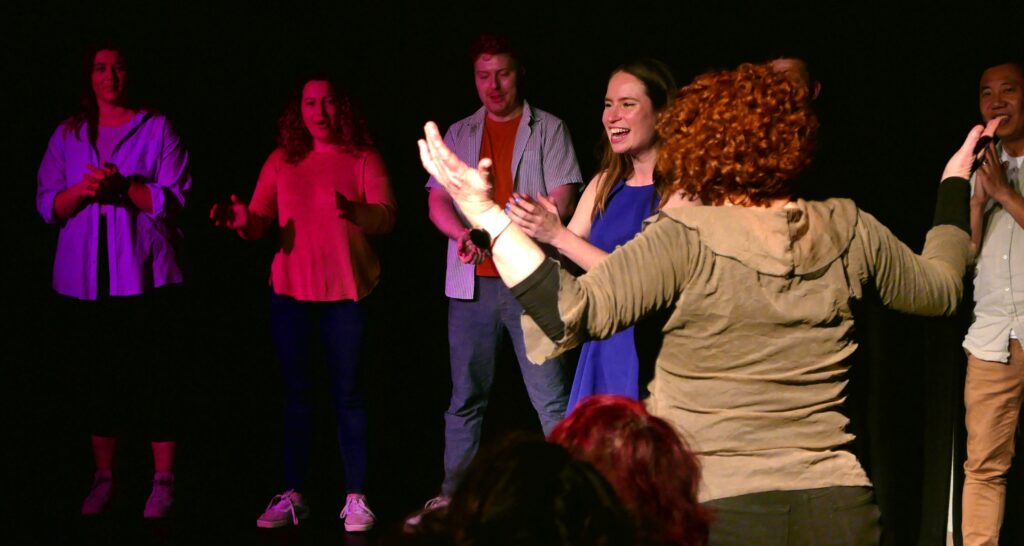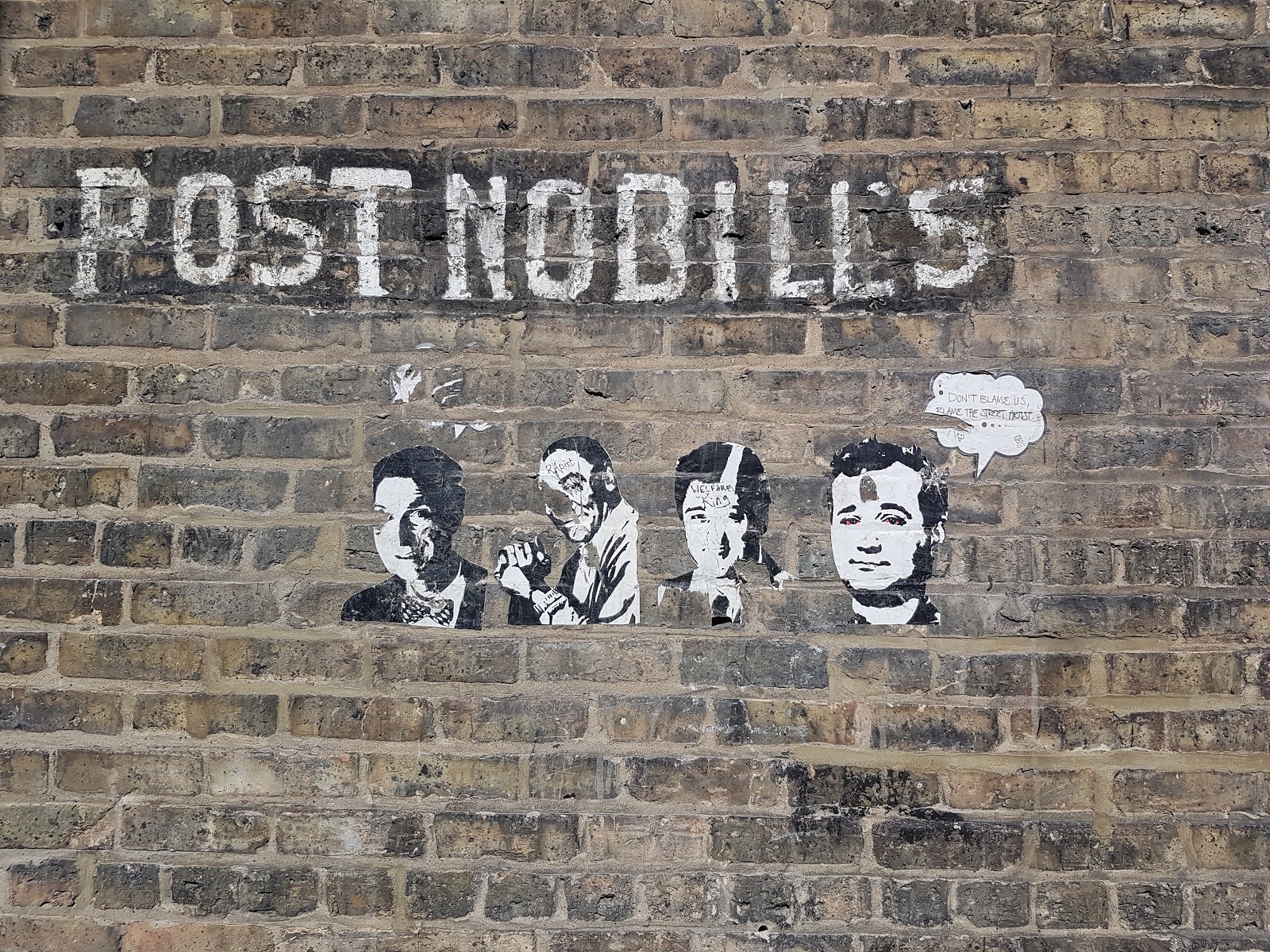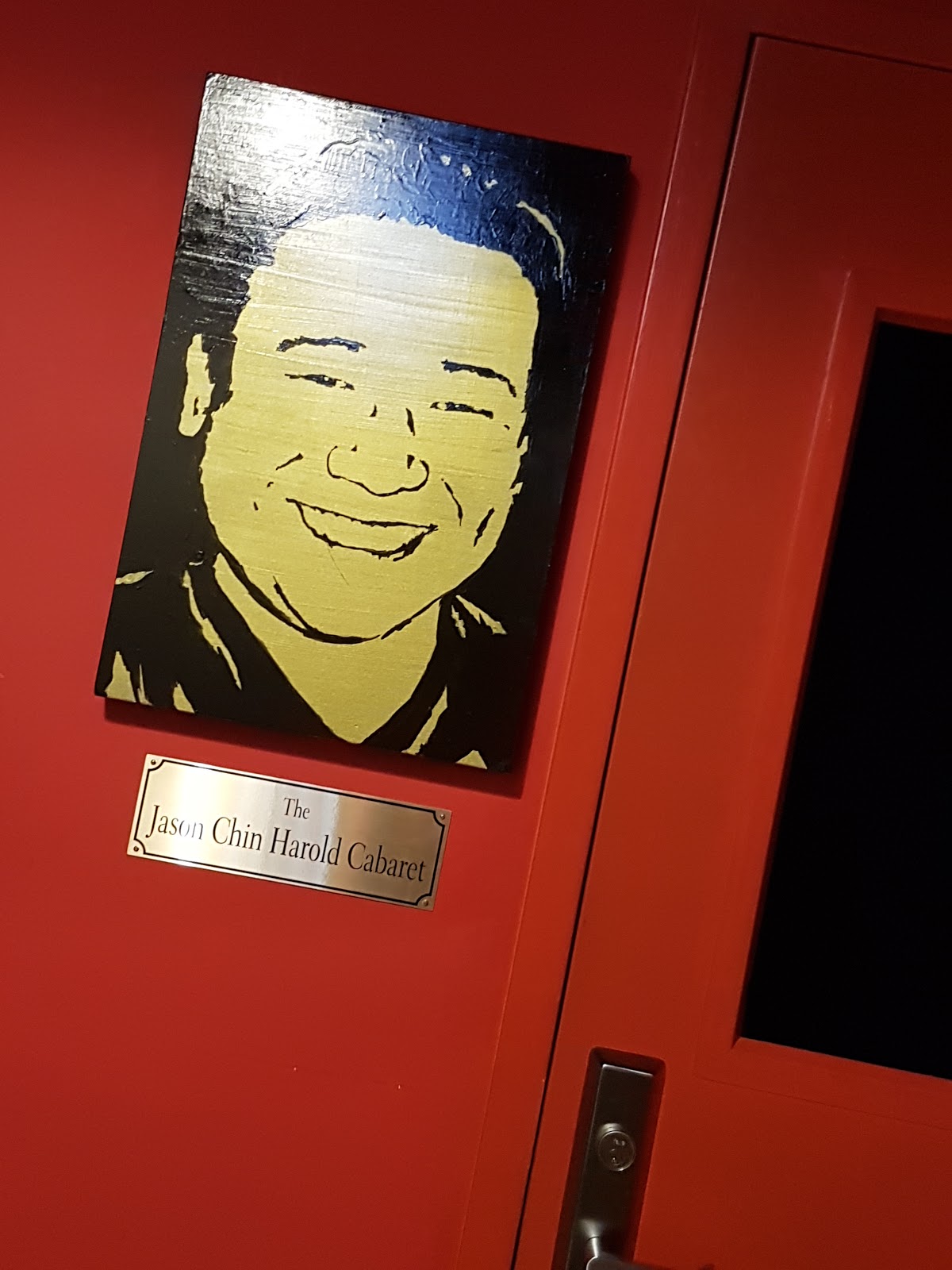
Day 2 of the advanced intensive began well. We created our own warm up.
We did this without a plan. It just happened by following the follower, matching and complimenting.
It is if course an opening but with so little pressure to get it right (so more fun).
Lots of scenes today.
Principles
The audience doesn’t want the best show. They want a fun show.
Stranger scenes can work if you take an emotional attitude (someone rear ends you, you saw them texting just before, you have an emotional pov)
Bring a brick not a cathedral
Think of emotion as an anal-retentive party goer. If it doesn’t show up first it won’t come at all. Doctor patient/father son/ these are not WHOs they are WHATs. Who is fraud, arsehole, protector.
Hyper yes-anding can make us lose our pov.
Sometimes you need to abandon your pov but it’s good to have it just in case.
If the scene is about something outside of the 2 people the outside thing can’t respond so it’s harder work.
2 qs: how do i feel about this person? How do i feel about the world?
If you go from angry to happy and back again it can be tough for your scene Partner to know what’s going on
Yes and why… Once you’ve established the emotion then you can talk about the outside thing
We need to feel enough for our partner to see what we’re feeling
Short scenes there’s a rise of tension to a max (and then it dissipates). Longer scenes prolonged ebb and flow.
it’s OK to not have exactly at hand the object of which you spoke (e.g. the declaration of independence: It’s ok for your character to not “win” in an improv scene – let it go!)
crapping on,
then “All that matters is you”
then crapping on
the “all that matters is you” line makes the crap ok – with just crap without the caring, it doesn’t matter to the audience
Just because there are only 2 players doesn’t mean you only have two characters
You can swap characters – it’s more important to follow the relationship / the important people than it is to stay in your “home” character (and it adds a layer of game)
in-between characters and moving from one character to the next be “you” and take it slow: the audience will wait
look for what’s missing in the world, but remember to remain faithful to the world AND maintain the relationship
characters must respect invisible / mimed objects, but the players don’t need to (if you need to walk through a table to switch characters, you can, just don’t let the character do it)
if we prove that these characters care about each other we can get away with all kinds of stuff.
I’ve never broken a ming vase, but I have upset someone (so I can relate to the emotional thing more than the “cliche” thing)
We don’t have to be the same way with ev
eryone we know (e.g. La Ronde)




